Grab your computer mouse and your marketing budget…it’s time to take spa retail advertising to the next level.
How about we start with a simple question: Does your website drive traffic into your store? Hopefully, the answer is yes, but here’s a follow-up question: What drives traffic to your website? Is it word of mouth, newspaper ads, direct mail flyers, and targeted emails? Of course, but the biggest catalysts for website traffic are social media, review sites like Yelp, and search engines like Google and Bing.
Advertising in one or more of these areas can significantly increase not only the amount of traffic to your website, but also the quality of that traffic. So, welcome to your crash course in paid search advertising.
What Kind of Advertising?
You know those first three or four listings at the top and/or bottom of the Google search engine results page (SERP)? The ones that actually say “Ad” next to the web address? Those are paid search advertisements.
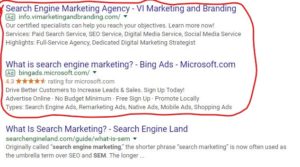
Google and the Google logo are registered trademarks of Google Inc., used with permission.
In the above example, paid search results are circled in red with the first organic search result below that. Organic search results are keyword-based and cost nothing, but you have no idea whether your company will appear on page one or page 30 of the search results. With paid search advertising, you bid for ad placement based on keywords people are likely to use when searching for your products. When those keywords are used in a search, your company appears on the first search engine results page, probably in the top four to five listings. Called PPC or Pay-Per-Click advertising, you set a daily budget and you only pay when people click on your ad and are led to your website.
Does it Really Work?
According to Harvard Business Review, it really does. Harvard Business School assistant professor Michael Luca and professor Daisy Dai conducted a study of PPC ads on Yelp where they placed ads for 7,210 business that had never placed Yelp ads before. Over the length of the study they compared the results for these businesses to those who were randomly listed in the SERP.
Results while the ads were displayed:
- 22% more hits on desktop browsers
- 30% more hits on mobile devices
- 25% more hits overall
- 18% more requests for directions
- 13% more calls to businesses
- 9% more website visits
When the ads were taken down, these differences vanished. The researchers concluded that “Yelp ads are a positive investment, even for a business that doesn’t ordinarily advertise. The value Yelp ads seem to provide is in surfacing brands to customers.” When people are looking for a specific retail outlet, Yelp and Google are the go-to platforms. Keep in mind, too, marketing statistics show that when people want to buy online, 64.6% click on Google ads.
Can It Work for You?
Absolutely, and this is why: PPC differs from other forms of advertising because you are exclusively targeting people who already have an interest in your merchandise. Your ad appears only when people search for your particular product. With paid search advertising, you get to control who sees your ads by targeting the geographic locations your ads will be shown in, by setting ads to only show up on mobile searches, and by deciding when the ad shows (during workday, early or late in the evening, etc.).
Need more convincing? Consider these statistics on paid social media ads:
- 84% of businesses use Facebook ads
- 41% of businesses use Google ads
- 18% of businesses use LinkedIn ads
The average cost-per-click in Google AdWords was $2.32 in 2016. Look at it like this: If your $1.50 bid on the keyword ‘hot tub’ is the highest, your ad will likely show up at the top of the search engine results page. If 100 people then click on your listing, AdWords would charge you, at most, $150. If just one of those 100 people purchases a $7,000 spa from you, wouldn’t you say the original $150 investment was more than worth it?
Ready to Start a Campaign?
While actual setup procedures will vary from platform to platform, the keys elements of a successful paid search advertising campaign remain basically the same. Keywords, landing pages, device optimization, and ad extensions are probably the four most important components according to Forbes.
- Keywords: Keywords drive the placement of your ad, so it’s important to select the right keyword set for targeting specific customers. You’re better off beginning with broad terms like ‘hot tubs’ then narrowing to more niche terms like ‘affordable portable hot tubs.’ It is also advisable to start with a maximum of ten keywords so keyword optimization and testing is easier. Remember to include your best keywords in the main ad headline to facilitate the best results.
- Landing Pages: Landing pages are where consumers are sent when they click on your ad. They can be the home page of your website or they can be a separate page designed specifically toward the subject of the customer’s search. High quality landing pages include relevant information—information the searcher wants and needs to know to get them to take the step of contacting your business. They should consist of a key conversion point, a strong value proposition, a clearly defined title, and compelling copy.
- Device Optimization: Device optimization means making sure your content is viewable on devices like tablets and smartphones. This includes ensuring that landing pages respond and load quickly on all devices, including desktop and laptop computers. According to Smart Insights, mobile searches are fast outpacing desktop searches:
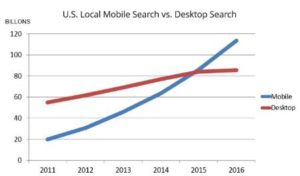 When optimizing for mobile devices, be sure to set up “click-to-call” on your ads so searchers can easily call your store.
When optimizing for mobile devices, be sure to set up “click-to-call” on your ads so searchers can easily call your store. - Ad Extensions: In AdWords, the top three or four listings allow for the use of ad extensions. Make sure to use extensions like product ratings and prices, sitelinks to internal pages on your website, and a map that shows the location of your business.
As with any advertising campaign, your goals need to be specific, measurable, attainable, and realistic. In the case of paid search, it means deciding whether you’ll measure ad success by the number of clicks, the number of information requests, or the number of visits to your contact page. It also means understanding your customers by knowing who you’re speaking to, what they’re looking for, and where they are in the buying process.
In a Nutshell…
In the United States, the average adult spends approximately 11 hours each day using digital media. Search engine statistics for 2017 reveal that there are nearly 6.6 billion internet searches conducted daily worldwide. Of those, about 4.5 billion are conducted on Google, which is over four times more than the closest competitor.
Let’s review some reasons why you should use paid search advertising:
- Ensures your ads appear at the top of the SERP
- Complements SEO efforts for results in both organic and paid listing results
- Permits you to test, change, optimize, edit, and track ads for maximum effectiveness
- Gives you the ability to change messaging in real time
- Allows for very broad or extremely targeted reach
- Supplies cost-effective branding of service, product, business or company name
- Provides lift to other marketing strategies
- Drives traffic to your website
Paid search advertising is currently getting the most return on investment from searches on mobile devices, so optimization for mobile searches is a top priority. Business2community offers a great deal of insight into setting up successful PPC advertising campaigns; check it out, it might be just the boost your spa business needs.


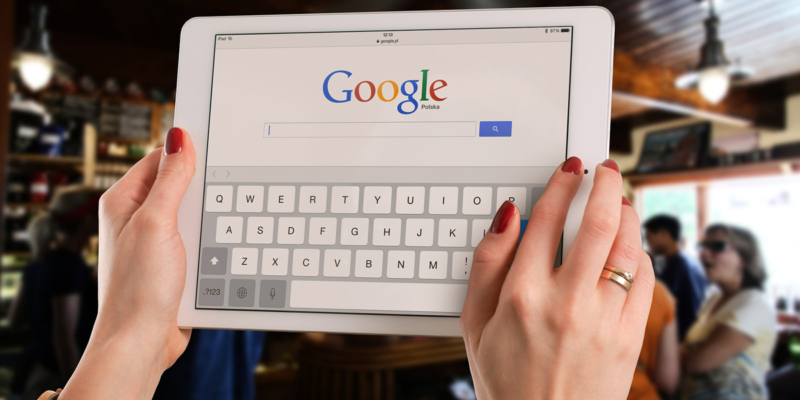
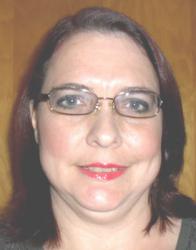
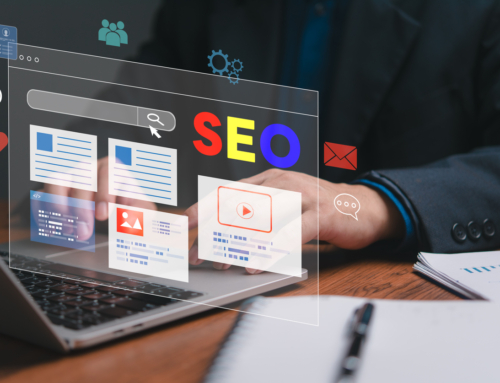
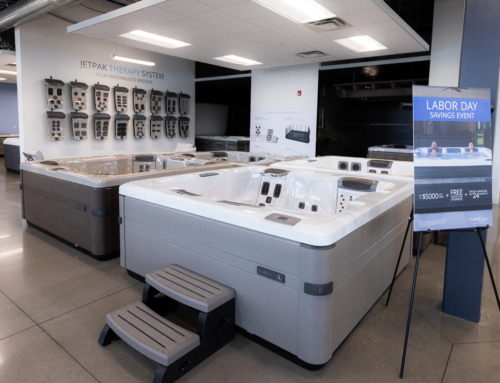

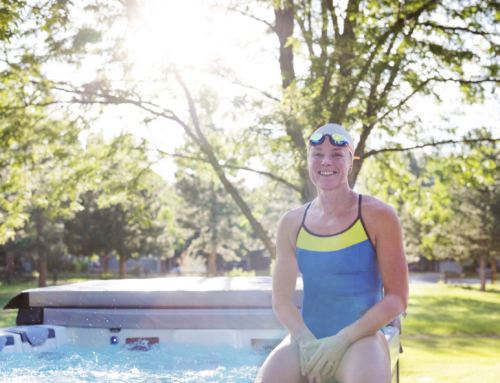
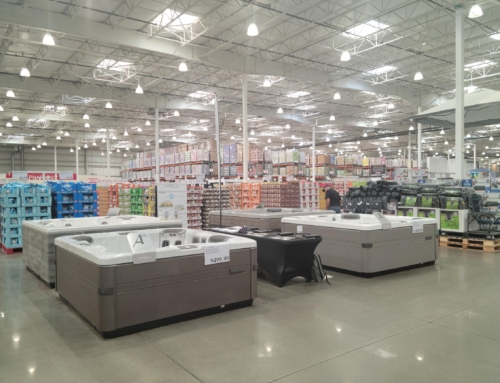
Leave A Comment